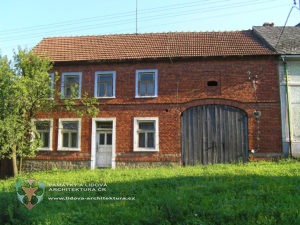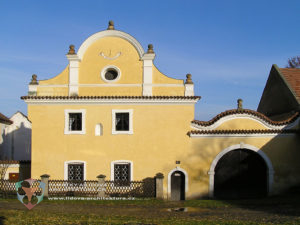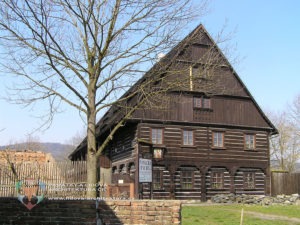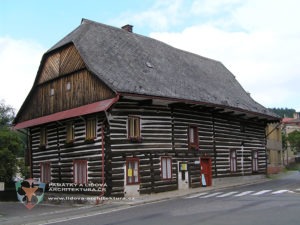Earth buildings and structures in the Czech Republic
Although the earth is an ancient building material, it was more used in the Czech Republic as supplementary material to wood for a long time. In comparison to southern Europe, earth was used for load-bearing walls here much later. In general, such earthen buildings were built not until the 18th century.
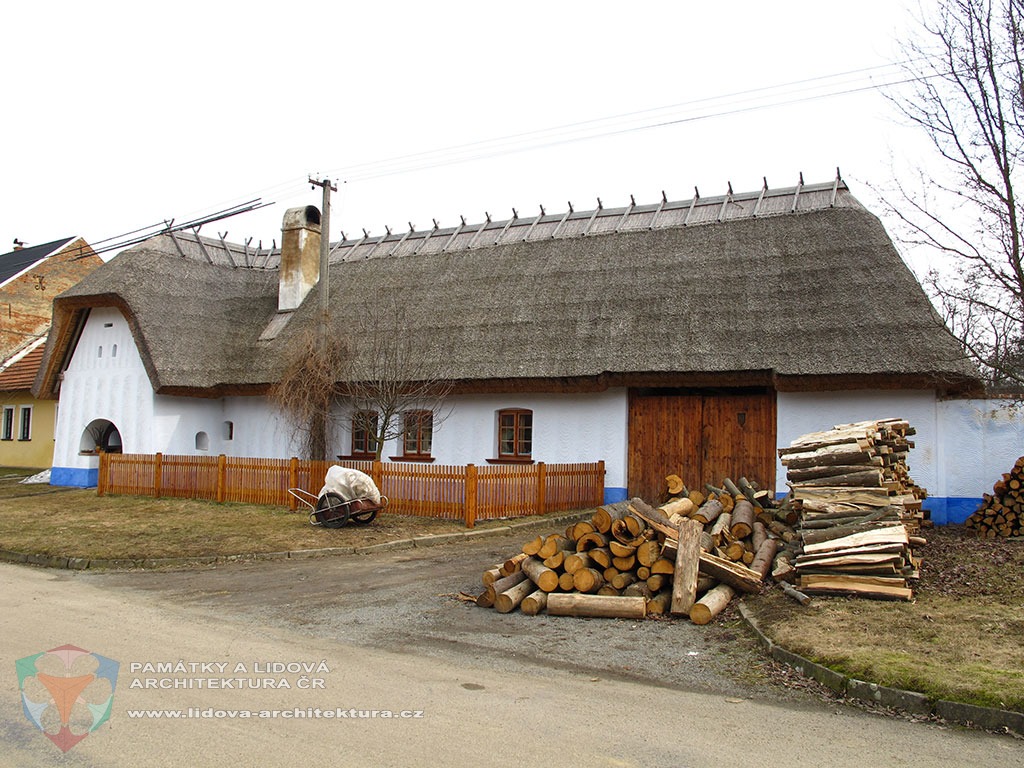
Historical earth buildings
Earth and clay
On top of this, these buildings can be found in large numbers only in areas with suitable earth, meaning central and south Moravia in particular. Adobe bricks were an exception due to their use in other lowland areas of the Czech Republic but primarily as secondary material. They were more used on internal walls protected from the climate or combined with stones or bricks due to the economy of their use.
Earth is a well-malleable material with good thermal insulation properties. Its primary disadvantage is its low strength and low resistance to prolonged dampness or water during flooding. Earth was extracted from clay pits or on hillsides devoid of vegetation.
Earth layers of timber buildings
First, earth material was used in the Czech Republic on the surface layer of wattle structures and log or beam constructions. It took the form of a thick layer of screed, which served as thermal insulation and a fireproof coating for walls and ceiling. Earth screed was applied by clayers who also filled the joints between logs or beams. The screed was also an integral part of the paneling of old half-timbered buildings. In these cases, it was applied to weaved wattle or wooden slats forming the framework. Earth was also used for the earliest floors and mortar as well.
Earthen buildings
Most earth buildings in central and southern Moravia are still in existence. A porch was often added to doorways to houses, separate storerooms, and vinicultural buildings in the Slovácko region, a cultural region in southernmost Moravia. The porch was a small storm porch with two semi-pillars and an overhead arch.
In the Haná region, a cultural region midst of central Moravia, the houses received an added rizalit (risalto), a pavilion wing in the house’s front façade. There was an entrance hall on the pavilion wing’s ground floor and a granary on the first floor. These wings were added to the oldest part of the old houses in the 2nd half of the 18th century and the 1st half of the 19th century. Most of them have ceased to exist. Earth was also used for farm buildings in addition to houses. Revealed barns with lengthways passages are significant among these.
Rammed earth and adobe bricks
Earthen buildings were built using several methods in the Czech Republic. The „rammed earth“ technique consists of sequentially packing earth mixed with straw down into a sliding formwork made of planks. This blend was reinforced by twigs or small stones to ensure better compactness and prevent cracking due to drying out. Window and door openings were made afterward. This technique was documented for the 18th and 19th centuries.
Walling from earthen cobs in the form of small „loaves“ was carried out in horizontal or slanting layers with the same or zigzag pattern called opus spicatum. Units of building material were mortared with earth also as adobe bricks. Adobe bricks were made of clay mixed with chaff and pig bristles and dried in the sun. Many local appellations became widespread throughout the Czech Republic in the 18th and especially in the 19th century.
Their use came as a consequence of the building and anti-fire measures within reforms under the reign of Empress Maria Theresia, ruler of the Habsburg Monarchy and Queen of Bohemia. Subjects had the right to make adobe bricks on their land for their own use or sale based on a Court Decree of 4 February 1819.
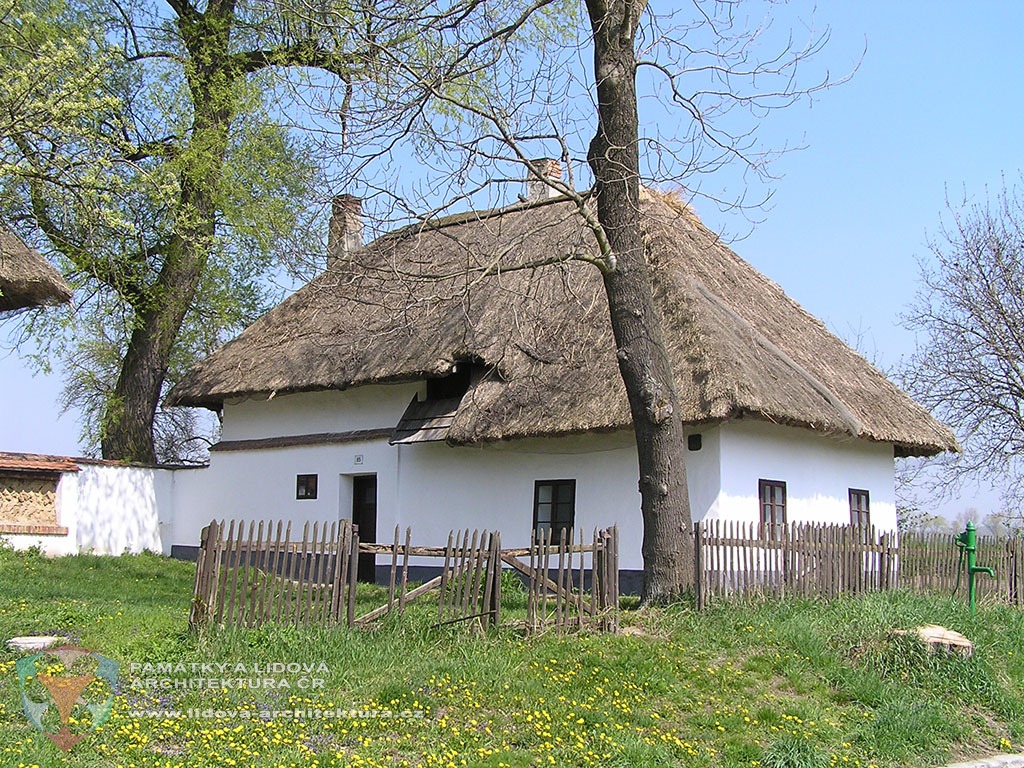
Plastering
The plasters of earth building were also usually made of earth as well. Ornamental decoration could also occur as evidenced by buildings in Břeclav or the Vyškov region, i.e., in the vicinity of the towns situated in the south Moravian area of the Czech Republic. Decorations consisted of creating lines, wavy lines, or scrolls using fingers or a comb tool in wet plaster. In addition to the exterior of houses, the decoration also covered the interior, particularly the fireplace walls.
Painting and coloring
There are earth buildings with specific colors found in southern Moravia. The houses are characterized by a profoundly colored base wall, i.e., the lower part of the walls, made of stone due to the ground’s dampness. The base wall was often painted grey or black, which was prepared by mixing whitewash with soot. In the Slovacko region, situated in southernmost Moravia, houses and vinicultural buildings have a wall base of iris-blue, dark blue, or crimson red. The earthen walls themselves were painted simply using whitewash.
Later brick buildings are similar in color to earthen structures. In addition to the surface protective topcoat used in the Slovacko region, the colorful mural painting was also applied. These were usually later decorations in the form of plant motifs. Skillful women painters carried out such decorations in the 19th century. The painting was applied around doors and windows or on the entrance porch of houses or vinicultural buildings. There was also used on the surface under crown cornices and around the house number.
Roof covering
Earthen buildings were usually covered with thatch in the lowlands of Moravia. Hipped roofs contributed to their distinctiveness with their aged form. These roofs were later replaced by roofs with gables that had already been covered with roofing tiles or „eternit“ fiber cement tiles.
In addition to its natural form, earth was also used to produce ceramic products such as the aforementioned roofing tiles and bricks. Their use was widespread throughout the territory of the Czech Republic.
Martin Cernansky © Earth building and structures in the Czech Republic
The article was published in:
DABAEIH, M., PRIETO, V. , ed., 2016. Vernacular Architecture Reflections. Challenges and Future. Lunds Universitet. SKU: 978-91-7267-387-8.
Literature:
ŠKABRADA, J., VODĚRA, S., 1975. Vesnické stavby a jejich úprava. Praha: Státní zemědělské nakladatelství.
MENCL, V. ,1980. Lidová architektura v Československu. Praha: Academia.
FROLEC, V., VAŘEKA, J., 1983. Encyklopedie: Lidová architektura. Praha: Státní nakladatelství technické literatury.
ŠKABRADA, J. , 1999. Lidové stavby: Architektura českého venkova. Praha: Argo.
Earth structure. In: Wikipedie: otevřená encyklopedie [online]. Wikimedia Foundation 2001–, [cit. 2020-04-14]. Dostupné z: https://en.wikipedia.org/wiki/Earth_structure

